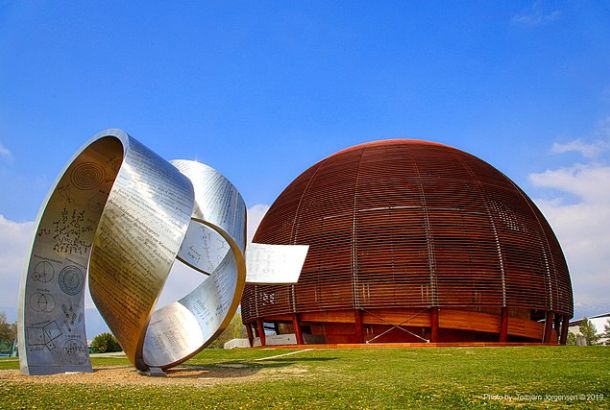The chemistry of the Curry Mile

I, like many people, enjoy spice. It adds a hot burst of flavour to our meals, giving them more to savour. Not only is spice a taste adopted by most students when they begin to cook for themselves, but it is also an integral part of Manchester student life due to the wondrous Curry Mile. But what is the science behind these flavourful kicks that dominate the cuisine of the Curry Mile?
During any meal, the taste receptors in your mouth are registering all of the organic compounds – whether they are complementary or not. Interestingly, this depends on what culture your meal originates from. In Boston, USA, researchers investigated over 55,000 meals and recipes that found evidence supporting the “Food- Pairing Hypothesis”.
This states that compounds which are shared in ingredients are often paired in Western meals e.g. sweetcorn and tuna. However, this was not the case in Eastern cultures. In fact, the opposite was found. A follow-up study investigated over 2,500 curry recipes and showed that pairing organic compounds for taste rarely occurs in Indian cuisine.

The way you cook and store spices cause various chemical transformations to occur. For example, dried spices can have different effects compared to fresh ones. Ground and fresh ginger both have a punchy taste due to Gingerol. However, when dried, moisture is released and a carbon bond transformation (a retro-aldol reaction) occurs and forms Zingerone: the sweeter, milder molecule found in gingerbread.
In short: if a curry house chops and grounds its ingredients fresh on the night, the sooner you get to it, the fresher that spice will be. If you look in recipes for curries you will often find that the spice mix is added at the end of cooking the main ingredients to account for any taste lost in molecular evaporation.
The main spice in chilli is Capsaicin, a flavourless vanilloid substance possessing a long hydrocarbon chain with water insolubility, hence why water doesn’t affect the spiciness and pain. Within your taste buds, there are various chemical receptors for vanilloids. When the two bind, calcium ions are triggered to migrate across the receptor which sends signals to the brain that something is hot and spicy, causing pain.
So, whenever you tuck into a curry, burrito or just crunch on a raw pepper and you feel liken your mouth has been hit with lit safety matches, impress your peers with some lingo e.g. “wow, that capsaicin is triggering a calcium ion movement like a bull rush right now!”
In a cooking context, ingredients containing capsaicin and other such spices are fried in oil which acts as a solvent, due to spices being insoluble in water. This allows for even movement of the organic molecules into the cuisine and will produce a better final product.
However, capsaicin is an acute irritant so when used its initial chemistry must be respected to know how this will pair with other parts of the dish. In curries, “Ghee” containing dehydrated butter and fat, creates new molecules via reactions between amino acids and reducing sugars.
Fat in butter would be more effective in managing the pain as capsaicin can be dissolved in oils and fats. Therefore, having milk or dairy can help ease any pain. These contain organic saturated fats that remove the vanilloid from the receptors by dissolving it and preventing any neuro-chemical reaction to spice.
Capsaicin does dissolve sparingly in alcohol; however, this usually requires a strong concentration. Spirits can work – a reason why vodka and coke is very popular on the curry mile – which could also explain the higher alcohol percentage in beers in Indian establishments. To be sensible, wine would be a better compromise in managing the pain.
You may think having a spicy meal is exciting, but next time you indulge along the Curry Mile take a moment to think about all the exciting chemistry dancing around your tastebuds. Whether you are a local, entering your third year or coming to Manchester for the first time, always trust your olfactory senses when tracking down that perfect curry.







